After doing a close reading of Act 1 Scene 1 from Romeo and Juliet, we decided that in our portrayal, we wanted to demonstrate the absurdness of the fighting between “two houses alike in dignity” and match the boyish bravado and humour that Shakespeare uses. This witty repartee can clearly be seen between Sampson and Gregory and even continues with a bit of added malice when the Montagues arrive. But after the fighting starts the humour is lost and the malice and anger takes over.
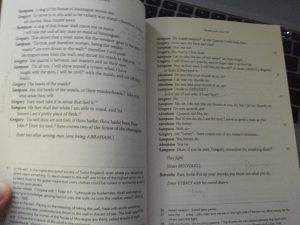
We wanted to demonstrate two ways of demonstrating this humour and absurdity. One way was without any spoken text, driven by actions. And the other way was completely driven though the words, in the form of a musical.
In the silent film, we emulated physical acting in the silent film period and cartoonish over-acting to illustrate the aforementioned themes drawn from the close reading. We drew reference from Charlie Chaplin films and from cartoons like Popeye.
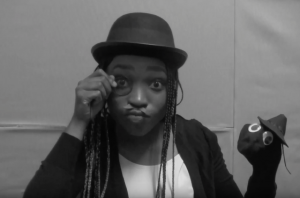
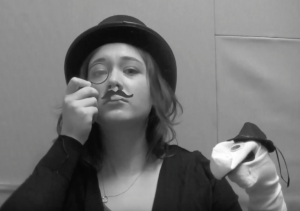
Musicals and theatre often use over-acting to demonstrate emotions and make the desired themes clearer for audiences. And constantly bursting out into song adds a bit of absurdity. We drew inspiration from West Side Story, which drew inspiration from Romeo and Juliet. Our snapping and dancing (inspired from West Side Story as mentioned previously) is meant to represent the fight scenes.
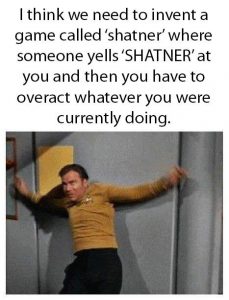
We used costume colour choices (black and white – in the silent film) (red and blue – in the musical) to represent the different houses. We tried to use props and sets that would illustrate the humour and absurdity that we hoped to highlight as well as to mimic the set and design choices of the inspirations for each depiction.
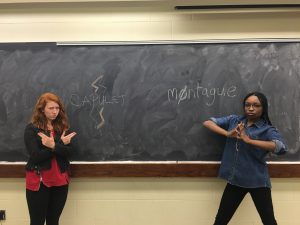
Our camera work and editing choices were intentionally chosen to mimic the inspirations style and demonstrate the absurdity and humour of the scene. The colour effects in the musical reinforce the colour theme which helps separate the two houses.
The music for the silent film is upbeat ragtime, which matches the inspiration format and depicts the desired theme. Brianna Morton adapted the music from Romeo and Juliet the Musical composed by Conrad Askland. Brianna wrote the melody line and rap, and recorded it with the aid of her choir friends. Despite this being Brianna’s first attempt at Garageband, Brianna hoped to use the upbeat, fast tempo, slightly dissonant music to demonstrate the absurdity of the Capulets and Montagues fighting over nothing and the humour Shakespeare injects into his work. The pitch was modified to sound more like men, as it is men of the two houses that are fighting.
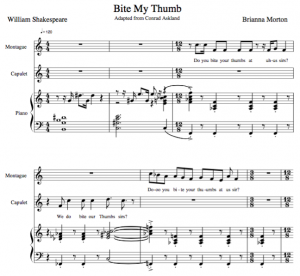
These two artistic style choices are polar opposites from the more formal acting style in traditional Shakespeare. We hope that we have helped in the interpretation of the opening scene in Romeo and Juliet by depicting it in two drastically different formats.
Brianna Morton, Ore Arowobusoye, Paolo Juego, Kari Major and Fernando Girotto
Leave a Reply
You must be logged in to post a comment.